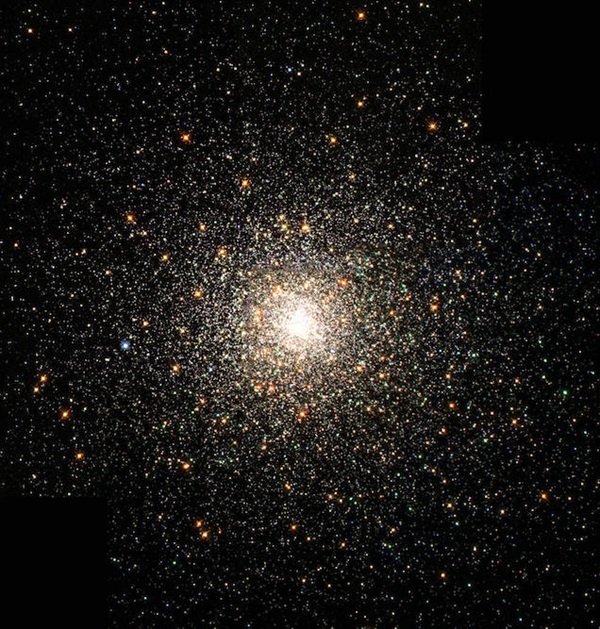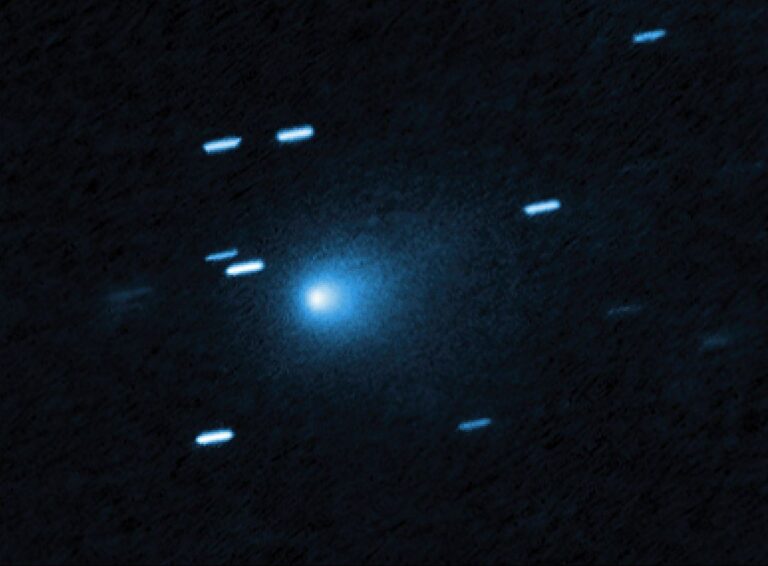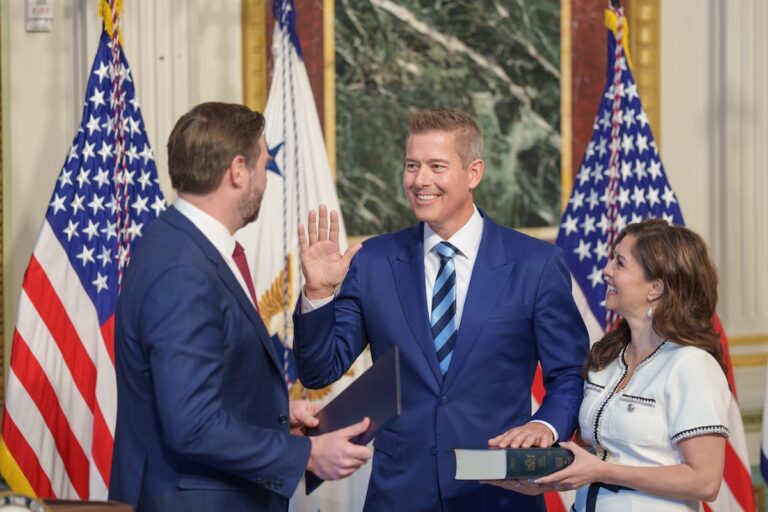Key Takeaways:
There are over 150 globular clusters, like Messier 80, scattered about the Milky Way galaxy. For decades, the unusual chemical elements found in the clusters have perplexed researchers, but now, they suspect that supermassive stars could be the cause of their strange makeups.
Believed to have formed between 11 and 13 billions years ago, globular clusters are known as some of the oldest objects in the universe. There are more than 150 of these ancient clusters, each packed with hundreds of thousands of close-knit, gravity-bound stars, scattered about the Milky Way.
Studies dating back to the 1960s note that the chemical compositions of these stars are vastly different than the compositions of those in the Milky Way’s open clusters. While this makes sense — open clusters are full of young stars, globular clusters are full of old ones — there’s another layer to the story. In addition to containing much higher amounts of hydrogen and helium and very few heavy elements, globular cluster stars also contain certain ratios of elements that could only be produced in a star 10 times hotter than they actually were during the time of their formation. To account for this strange chemical makeup, a team of researchers led by the University of Surrey suggests that extremely hot, supermassive stars were born within the borders of globular clusters and are responsible for their strange composition.
When globular clusters first formed, they were overflowing with the dense gas that would go on to create their vast stellar populations. As they formed, some of these young stars would accumulate enough gas to expand and collide with nearby stars, collectively forming supermassive stars. These giants, who are tens of thousands of times as massive as our Sun, became hot enough to generate the elements observed today. These elements were spread throughout the cluster by winds from the supermassive stars and absorbed by the remaining stars, explaining the abnormal chemical compositions seen in globular clusters today.
“There have been many attempts to solve this problem that has puzzled astronomers for decades and I believe that this is the most promising explanation that has been proposed so far,” said the study’s co-author, Henny Lamers of the University of Amsterdam, in a news release.
“What is truly novel in our model is that the formation of the supermassive stars and the globular clusters are intimately linked, and this new mechanism is the first model that can form enough material to pollute the cluster, and with the correct abundances of different elements, which has been a long-standing challenge,” adds the lead author of the study, Mark Gieles of the University of Surrey.
The researchers hope to test their theory by using both current and future high-powered telescopes to glimpse deep into the galaxy’s globular clusters and analyze their distant pasts. If their hypothesis turns out to be true, astronomers can finally put this decades-long mystery to rest, and gain insight into our early universe.










